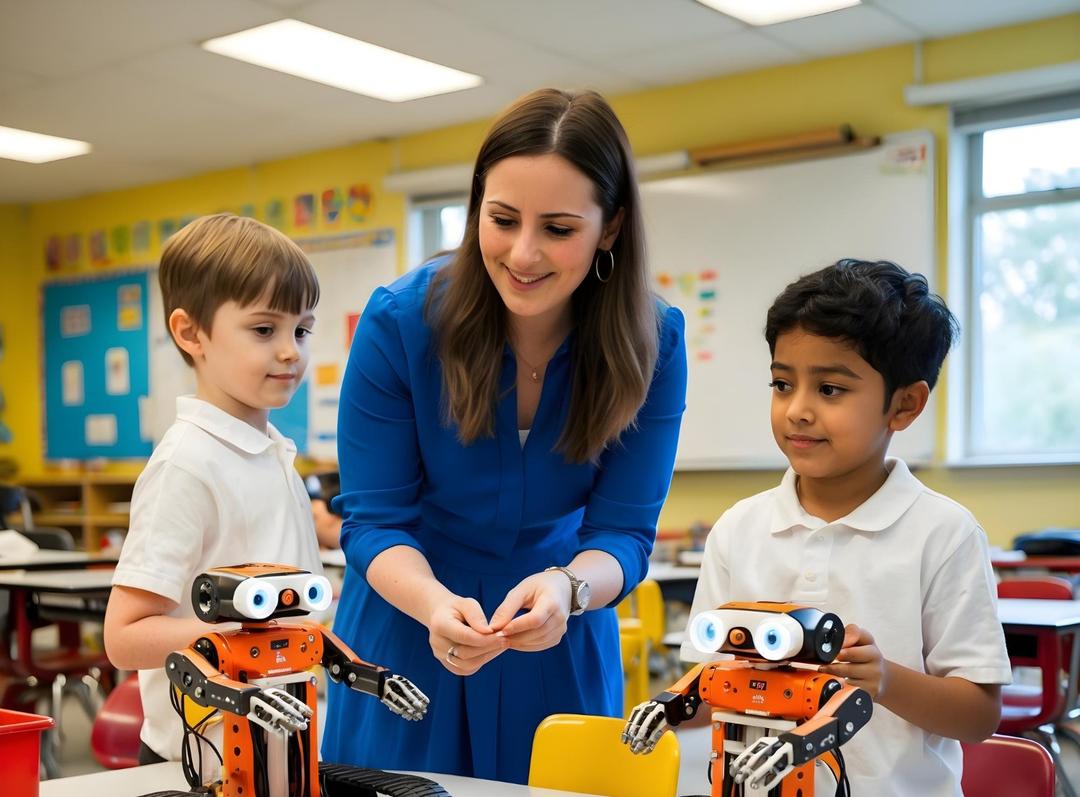Today, learning can happen everywhere, even outside the four corners of a classroom. And with technology slowly creating the definition of life, education robots are here to stay in the caliber of education.
Here are some points to ponder on why educational robots should be part of every student's curriculum:
Computational thinking and problem-solving skills
Through playing with robots, kids can learn computational thinking, a significant talent that is deemed necessary in our current society. As children go through the process of programming robots, their reasoning and computational problem-solving abilities are developed.
Creating an Atmosphere of Innovation and Development
Robots Inspire Creativity: While planning, building, and coding robots, young children are actively a part of the creative process. From making a robot arm to making a robot able to get out of a maze, children enhance their creative thinking abilities.
Robots Level the Playing Field for Women in STEM
The other critical function that educational robots perform is making strides toward gender parity in STEM occupations. There is more to the common assumption that girls do not share boys' enthusiasm for computer science and robotics; therefore, offering them early exposure to robots gives them the confidence required for pursuing STEM fields.
Improving Interpersonal and Emotional Competencies
However, it is in their capacity to foster friendship and socialization that robots seem to thrive. Isolated children, or generally shy ones, will find it easier and more comfortable to interact with a robot than with their peers. Joint robot projects help students develop empathy, proper communication, and collaboration.
Practical Application
Robots that teach us about the world actually interact with it. Young people learn about, monitor, or even contribute to healthcare using the same robots depicting the world to them. Children understand STEM concepts better by engaging in experiential learning.
Development of Routines for Continuous Learning
Robots instill curiosity and interest. By interacting with them, children develop a drive to seek new knowledge and experiences throughout their lives. Shaping experiences: when kids have the excitement of building something that actually works, they more commonly pursue science and technology careers.
Preparing for the Fourth Industrial War
Robots, artificial intelligence, and automation are driving forces behind the fourth industrial revolution. Children learn adaptability, creativity, and teamwork from playing with educational robots that help them succeed in life.
Conclusion
Educational robots make learning easier for kids. Let us step up as a society and embrace technology so that all kids get a chance to use these educational robots in a positive way. At YuviPep Education, we are laying the groundwork for a more enlightened and creative future with robots.




